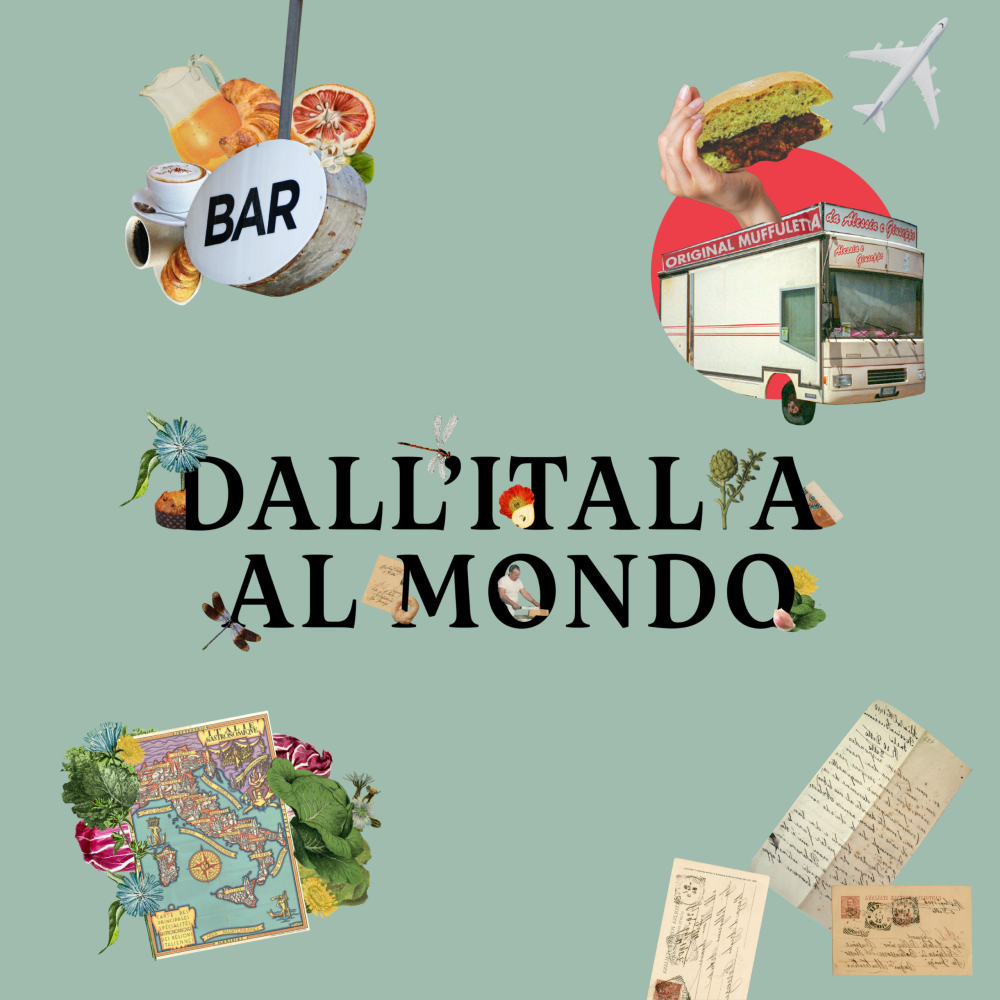
Gastronomic dialectisms, the artichoke from Italy to the world
- Date
By artichoke, we commonly indicate the plant species Cynara cardunculus, a perennial plant of the Asteraceae. The Italian term is an Arabism which comes from ḫaršūf (Enciclopedia Treccani, s.v. carciofo; DELIn, s.v. carciofo).
There is no reference to this gastronym in medieval Italian. Indeed, it is missing from the Corpus OVI dell’Italiano antico (Corpus OVI of ancient Italian) and therefore in the TLIO, so we need to use another textual database in order to retrace its linguistic history. Said database is the one currently being set up, on which the VoSLIG Vocabolario Storico della Lingua Italiana della Gastronomia (VoSLIG Historical Vocabulary of the Italian Language of Gastronomy) is based and which we will call Corpus AtLiTeG (AtLiTeG Corpus). This term comes from the name of the national research project for drafting the VoSLIG, PRIN 2017 Atlante della lingua e dei testi della cultura gastronomica italiana dall’età medievale all’Unità (PRIN 2017 Atlas of the language and texts of Italian gastronomic culture from the medieval age to the Unification of Italy).
Initial acknowledgement of the word artichoke emerges in two theatrical works of our literary Renaissance period, namely the Cortigiana (The Courtesan) by Pietro Aretino (1525), which refers to carciofi, and the Cassaria by Ludovico Ariosto (1528-29), with carciofola. It is this latter form that circulated in the area of Ferrara (together with carchioffola, carciofolo, carchiofolo and carchioffolo) in Cristoforo Messi Sbugo’s famous Banquetti (Banquets). The term spread, becoming increasingly more used as carciofo, and was recorded as of the 18th century throughout the Peninsula with the translated meaning of 'foolish, incapable man’, as well. This was documented in 1729, by the 4th print of the Vocabolario della Crusca with the words “Artichoke is also used as a form of contempt for a good-for-nothing man” (Crusca IV, s.v. carciofo). Pellegrino Artusi, in his Science in the Kitchen and the Art of Eating Well, gave us the (amazing) recipe for fried artichokes according to the method used in Tuscany, considered "the best" (recipe no. 186). However, it should be noted that there are several artichoke-based dishes in the book, including artichokes in sauce, stewed, stuffed with meat, grilled, dried for the winter or cooked like cutlets. “Some ladies were sorry they couldn't find this fried dish in my book, and here they are satisfied" (Recipe no. 187).
However, that which spread to the other languages of the world - that is, which became an out and out gastronomic Italianism - was the lexical variant articiocco (of Arabic origin: see GDLI, s.vv. articiocco and carciofo), the term with which the vegetable was described in Northern Italy, and particularly in Lombardy, at the height of the 16th century. There were also various formal alternatives such as archichioco, articioco, articiocca and artichio(c)co. The current English term artichoke is related to this Italian word in dialect and has appeared in many historical variants since 1531 (Archecokks, then hartichoak during the 17th century). The same goes for the French artichaut and the German Artischocke (feminine noun), terms already recorded during the course of the 16th century: the former in 1530, the latter in 1556.
It is true that carciofo also had successors in French and German: feminine carchoffle and plural Carciofen are 16th century terms - which then disappeared from use - which reveal an Italian base. Moreover, with carchoffle, the the French referred not to the vegetable, but metaphorically to an ornament of a horse's harness which resembled an artichoke due to its shape. See DiIFIT, s.vv. articiocco and carciofo, and Frosini-Lubello 2023, p. 61 for all of the above.
Simone Pregnolato, Università per Stranieri di Siena

